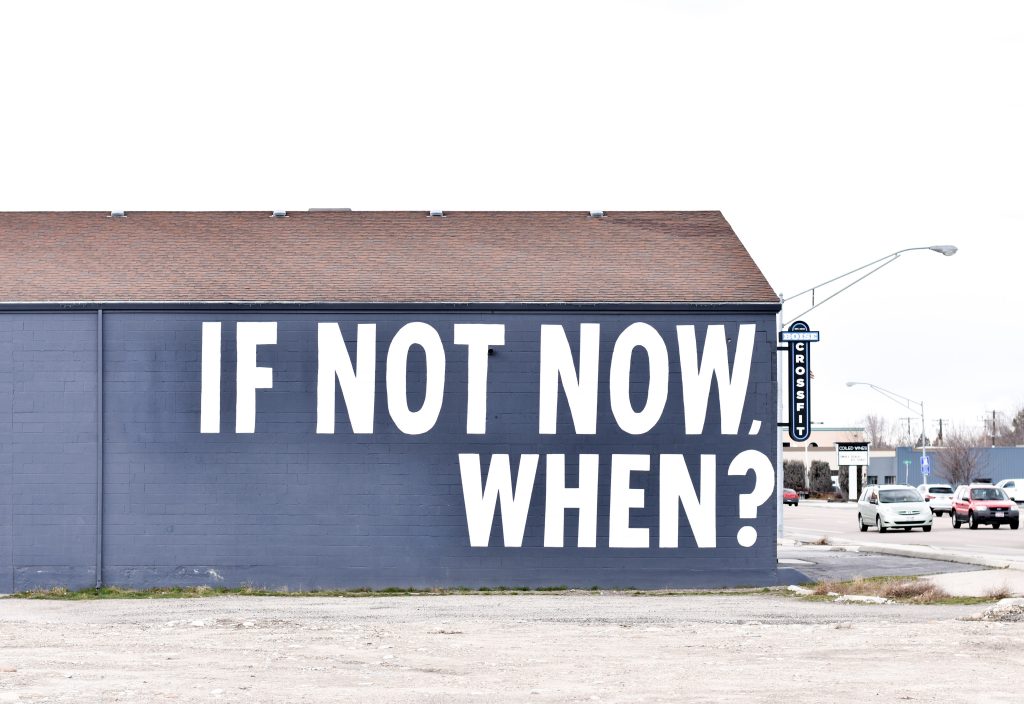
How Resilient is Your Workforce?: Working through radical change.
Resilience is a developed act with radical results. Resilience is the ability to get knocked down and bounce back up while performing with equal veracity. Resilience is also the ability to maintain stamina integrity through high-demand, highly stressed, time-sensitive production periods. Especially for leaders, resilience is the ability to be behaviourally aware, emotionally steady, cognitively sharp, and physically relaxed to cope with stressors and maintain sustainability.

“Mental health is a fundamental element of resilience, health assets, capabilities and positive adaptation that enable people both to cope with adversity and to reach their full potential and humanity,” (Friedli & World Health Organization, 2009). Resilience isn’t as much about being dogmatically strong as it is about having flexibility through adversity.
Stamina, endurance, fortitude, vitality, grit, tolerance, heart, energy and power are all forms of resilience and good coping mechanisms of individual and organizational stress. “Resilient individuals and organizations positively adapt to changing conditions without showing any stress (Mallak, 1998), and thus today organizations desire to be resilient to easily adapt to changing circumstances and move forward,” (Kanter & Say, 2015). Each resilient action or stress coping mechanism requires exercise as well as time to rest. Even high-performance machines can be made with super high tolerance, but even those require shut down for wear and tear repair.
Team Climate is predominantly the result of the team leader’s behaviour towards their team. Approximately 70% of the climate is the result of leadership behaviour or style (PCS, 2019). The leader’s effectiveness is measured by their ability to impart optimism, maintain balance and provide support in the appropriate degree and proper manner. The extent of the appropriate degree and proper manner is contingent on the relationship between the leader and employee, regulations, environment, situational need and how the message will be received by the recipient.

People will only believe the message when it is perceived to be authentic and trustworthy (Willemsen, Neijens & Bronner, 2011). Authentic in that the message is delivered with empathy as well as authority. Trustworthiness is achieved through time by following through, being accountable, and holding yourself responsible for what you say. Being authentic and trustworthy as a leader enables continuity in changing environments. Successful leaders working through organizational continuity and radical change display both emotional commitment to personally champion change and attend to recipients’ emotions (Huy, 2002).
Resilience is battle-tested in times such as today with coronavirus. Change is at its highest and stress at its greatest. The stress is not only from organizational strain but also personal and familial worry, and for good reason. How leaders empathetically mitigate what they can during this time can be helped by looking at past crises. “Organizations can become wiser by looking at incidents outside their own sector and by using these recurring themes to explore the resilience of their emergency plans as well as what employees experience (Critchton, Ramsy and Kelly, 2009).
Leaders that are successful during crises, as well as day-to-day responsibilities, will promote a common vision, with empathy and clear concise direction. As a leader, you create an environment where people are encouraged to perform as their best selves when there is a multitude of environmental influences on day-to-day work. Great leaders will encourage departments to support each other in their personal as well as organizational quest support will come in s. Today, that support will manifest in giving people information, guidance, and assistance in remote roles as well as team dispersion and cohesion.

Highly resilient teams will support each other and clearly define team goals, roles and processes, with the leader, to support each member in personal challenges and work opportunities. The team’s adaptability and connectedness should be enhanced during this time while practicing empathy, as well as personal accountability and responsibility.
In normal days, about 70% of motivation to be resilient is intrinsic; the motivations that come from within us, such as purpose, love, family, fulfillment, achievement, contribution, legacy, etc. The other 30% is extrinsic motivation; that which comes from outside us and is directly affecting our situation: the culture, rewards, job security, earning potential, recognition, etc., (PCS, 2019). Effective leadership maximises the impact of extrinsic motivation but also taps into the intrinsic by providing meaning and context for each person’s personal motivators to flourish and be resilient.
Individual and organizational resilience will be challenged for the foreseeable future. However, resilient coping mechanisms are great mitigation techniques for managing the impact of stress, especially in crisis situations. The level of optimism in the team and the ability to face problems constructively and productively is important in mitigating stress.

Lastly, remember during this challenging time, dispersed teams will need sufficient rest and time off built-in, and the work-life balance should be protected and maintained between work and home needs. Some people will be good at this, others will need assistance and structure. Situational and servant leadership will serve organizations well during these time periods (Banchard, Zigarmi, & Nelson, 1993; Greenleaf, 1993).
Leaders and team members should remember that each of us needs to feel cared about and supported. Each of us will need more or less support at different times for what may seem non-apparent reasons. Empathy and understanding will go a long way toward fostering team trust.
Blanchard, K. H., Zigarmi, D., & Nelson, R. B. (1993). Situational Leadership® after 25 years: A retrospective. Journal of Leadership Studies, 1(1), 21-36.
Crichton, M. T., Ramsay, C. G., & Kelly, T. (2009). Enhancing organizational resilience through emergency planning: learnings from cross‐sectoral lessons. Journal of Contingencies and Crisis Management, 17(1), 24-37.
Friedli, L., & World Health Organization. (2009). Mental health, resilience and inequalities (No. EU/08/5087203). Copenhagen: WHO Regional Office for Europe:.
Huy, Q. N. (2002). Emotional balancing of organizational continuity and radical change: The contribution of middle managers. Administrative science quarterly, 47(1), 31-69.
Kantur, D., & Say, A. I. (2015). Measuring organizational resilience: A scale development. Journal of Business Economics and Finance, 4(3). Retrieved from https://dergipark.org.tr/en/pub/jbef/issue/32406/360419
Performance Climate System (PCS) (2019). Retrieved from https://pcs.4ileadership.com
Willemsen, L. M., Neijens, P. C., & Bronner, F. E. (2011). Perceived expertise vs. perceived trustworthiness: The suppressed effect of source type on review attitude. In Advances in Advertising Research (Vol. 2) (pp. 423-436). Gabler.



